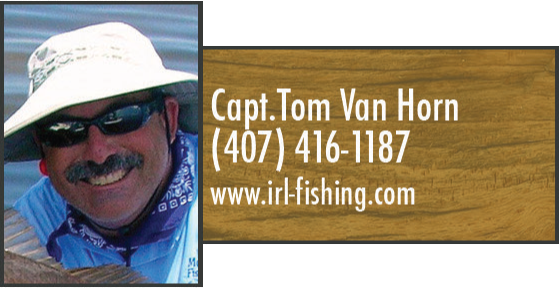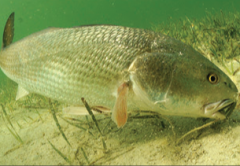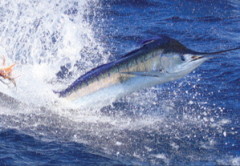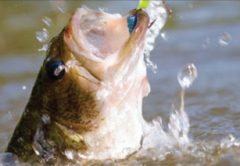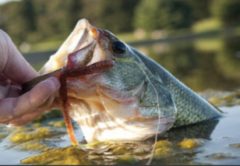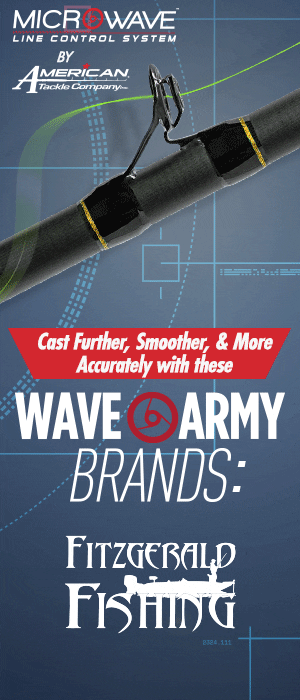On the flats of non-tidal estuaries, falling temperatures and clear water create some of the best conditions for sight fishing all year. When the water is shallow and clear the fish are spooky, so a stealth presentation and long cast are critical. As the sun begins to warm the water, target sandy potholes within the expansive grass flats where both redfish and sea trout lay seeking the warmth of the sun’s reflection on sand. On colder days, target deeper locations where the water is a few degrees warmer and slow down your presentation. Target other warm water refuges like concrete structures holding heat longer like seawalls, ramps and bridges, and deeper holes with black muck bottoms.
Later in the day when the flats heat up, the feeding and tailing activity of redfish and black drum will improve. Another important part of the equation is to match the hatch. Remember, during the winter the primary forages on the lagoon switches from finfish to crustaceans like shrimp and crab. When targeting redfish, black drum, and sea trout during the colder months, downsize the bait, slow down the presentation, and fish with shrimp or crab imitation baits like the D.O.A. Shrimp or Crab with a Woodie’s Rattle inserted to add the element of sound.
Freshwater: Once the water temperatures drop into the 60’s, fishing on the St Johns River and the connecting lakes of Monroe, Jessup and Harney will turn on. Limits of specks should be readily available staging in preparation for their annual spawning rituals. Look for larger aggregations in 3’ – 8’ foot of water. During full moon phases, look for them to move in around shallow vegetation and shorelines. Lastly, look for the American shad to begin showing up around Christmas, with their spawning run lasting through March and be sure to sign up for the Central Florida Shad and Crappie Derby. To register, visit one of the many Derby sign-up locations found here: coastalanglermag. com/orlando/shad-crappie-derby/ sign-up.


